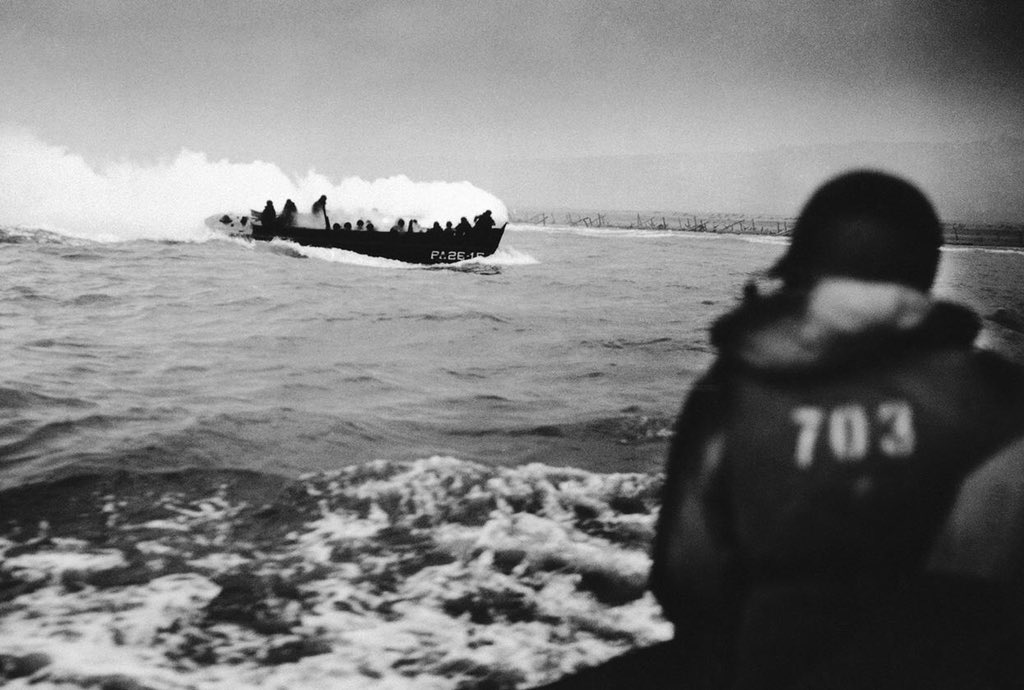
Section 1. The Congress shall have power to limit, regulate, and prohibit the labor of persons under eighteen years of age.
That's it.
hrw.org/news/2014/05/1…
amazon.com/dp/0786473495/…

Get real-time email alerts when new unrolls are available from this author!
Twitter may remove this content at anytime, convert it as a PDF, save and print for later use!

1) Follow Thread Reader App on Twitter so you can easily mention us!
2) Go to a Twitter thread (series of Tweets by the same owner) and mention us with a keyword "unroll"
@threadreaderapp unroll
You can practice here first or read more on our help page!


